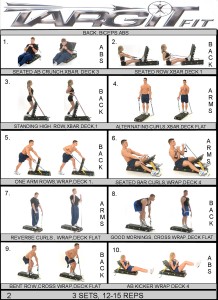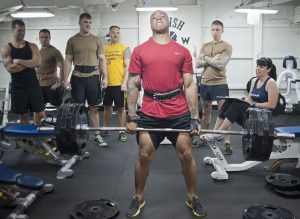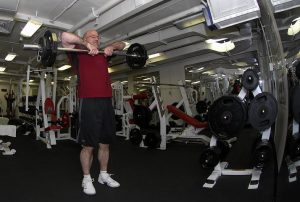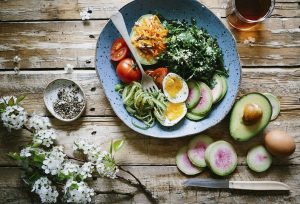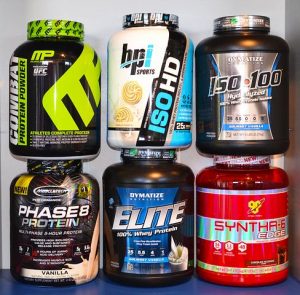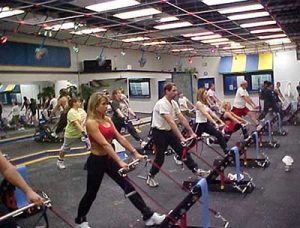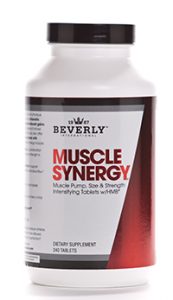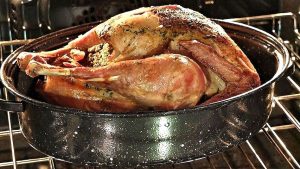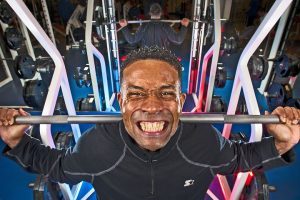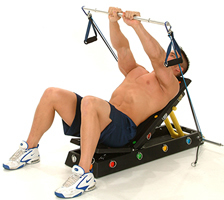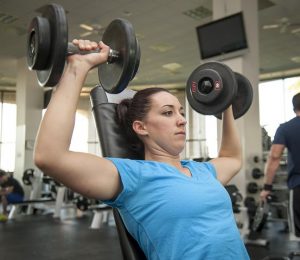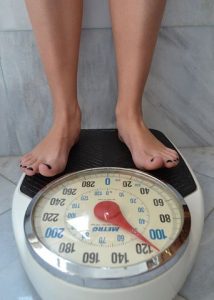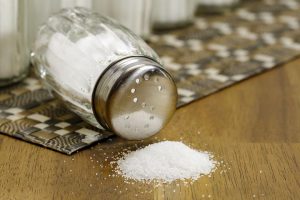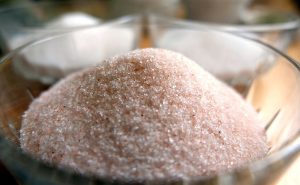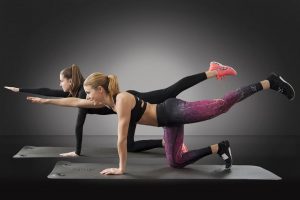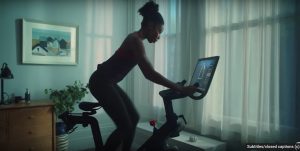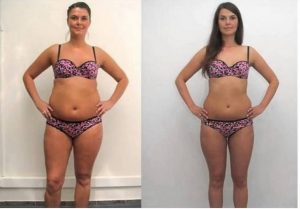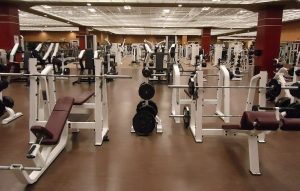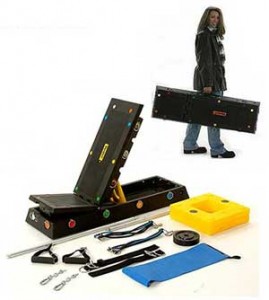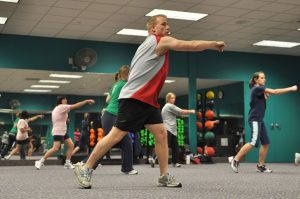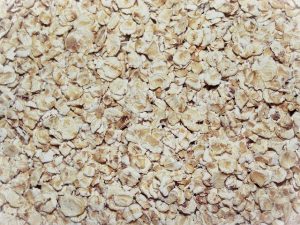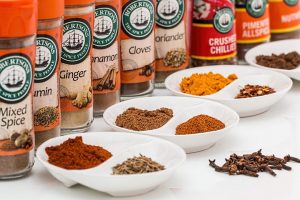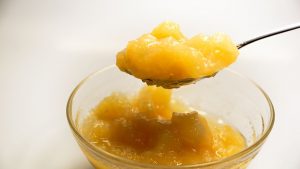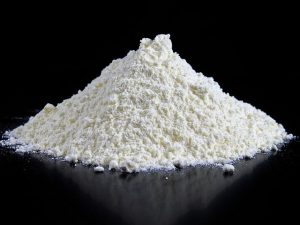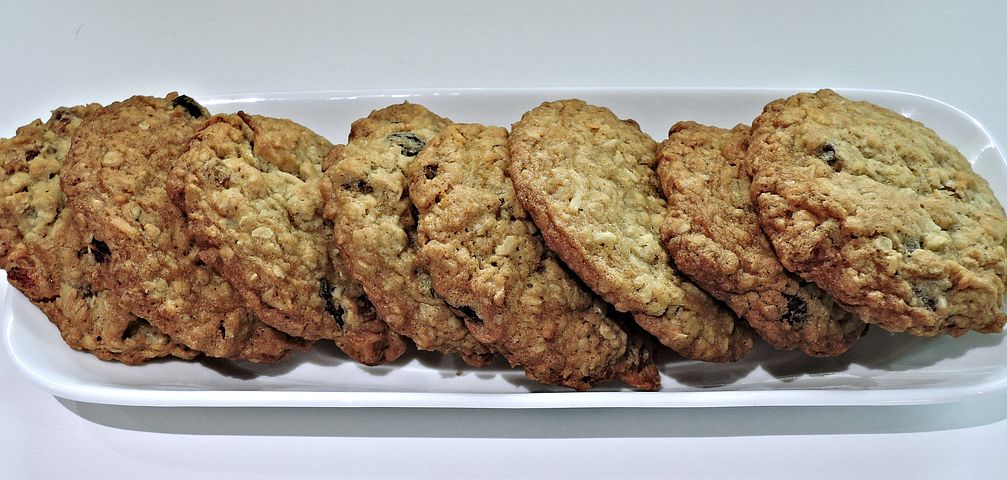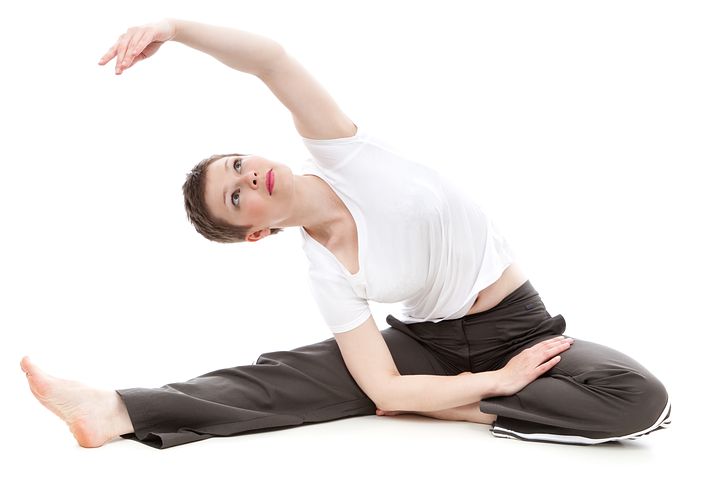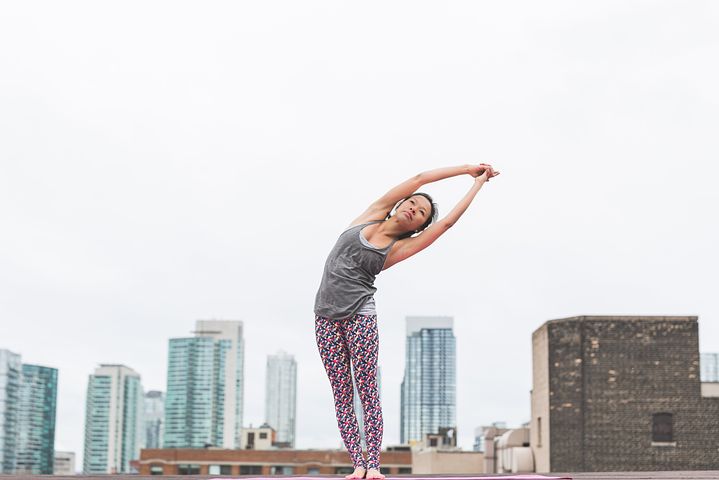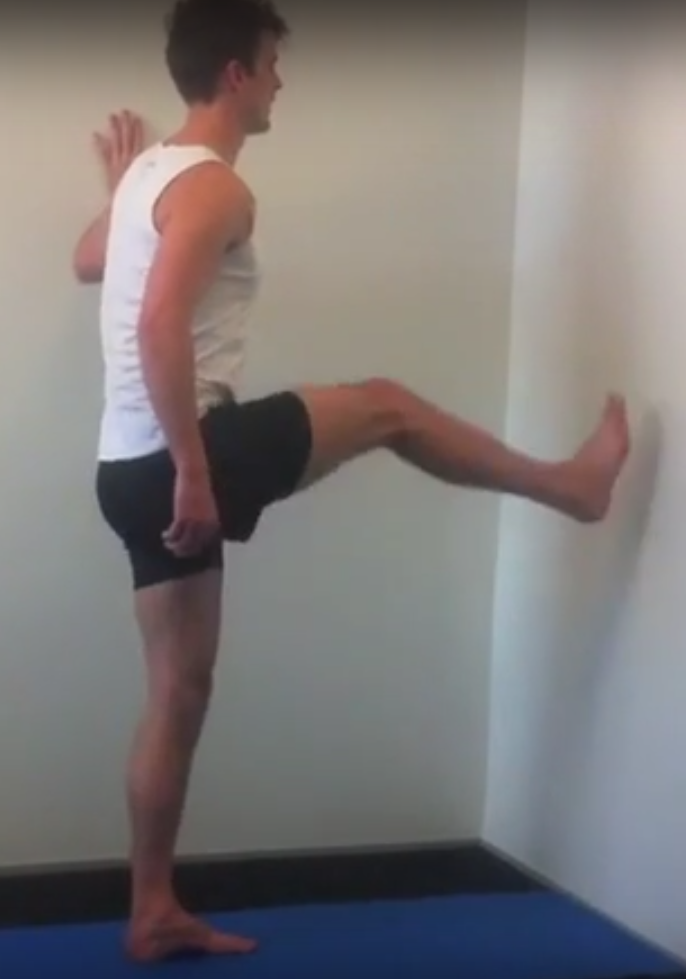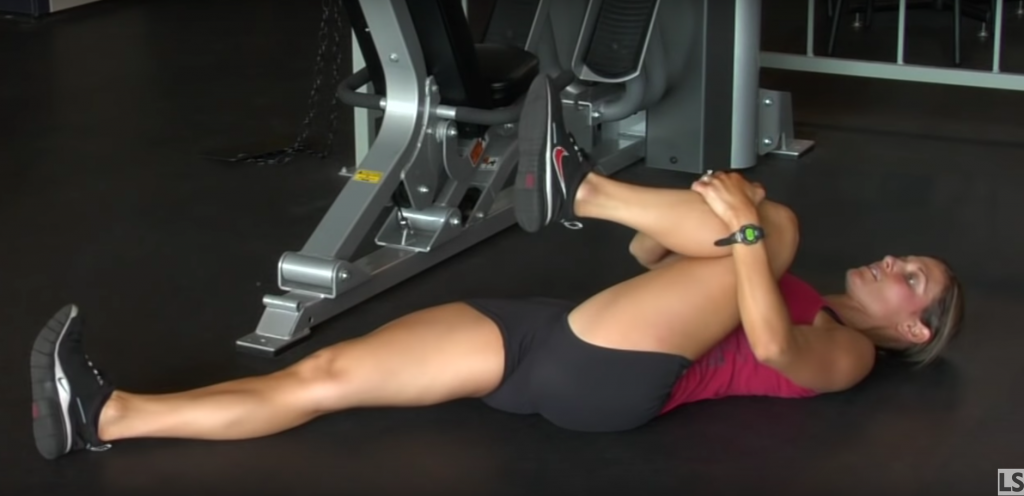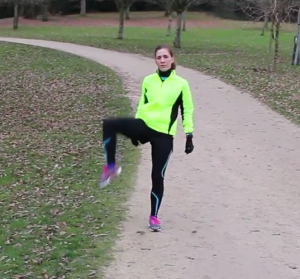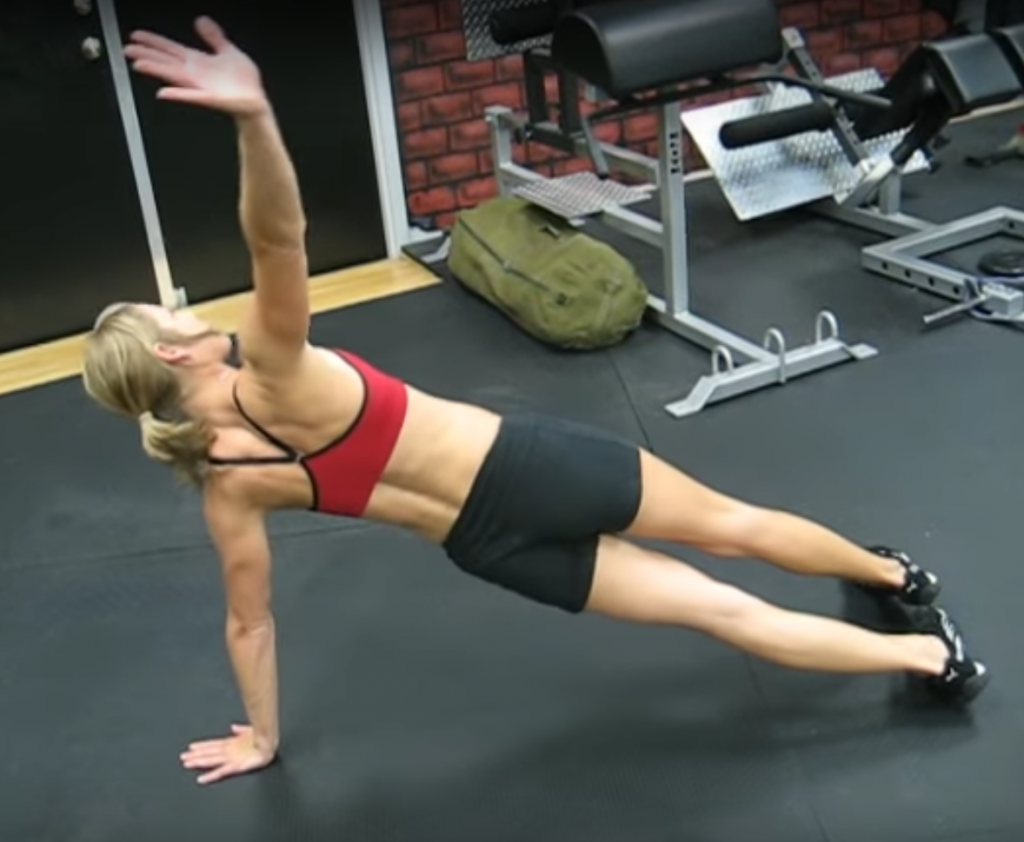This week, TargitFit is pleased to bring you an informative health article by Scott Fanello:
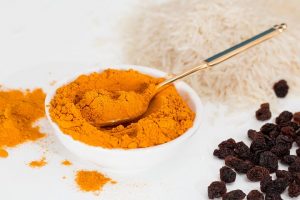 According to several studies, the curcumin in turmeric may be helpful in reducing post-workout inflammation and easing the pain of osteoarthritis and rheumatoid arthritis. If you’ve been living with the frustration of any of these conditions or a number of others, including cancer, turmeric might help you, as well. To that end, we’ve outlined the top 11 benefits of turmeric for you. (1.)
According to several studies, the curcumin in turmeric may be helpful in reducing post-workout inflammation and easing the pain of osteoarthritis and rheumatoid arthritis. If you’ve been living with the frustration of any of these conditions or a number of others, including cancer, turmeric might help you, as well. To that end, we’ve outlined the top 11 benefits of turmeric for you. (1.)
11 Top Benefits of Turmeric
Benefit #1- Fighting Post-Workout Inflammation
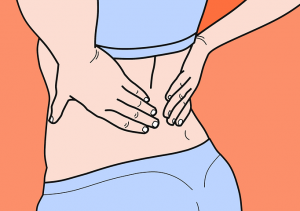 You know that fitness routines don’t end when you hit the shower. In fact, all the good stuff (for your muscles anyway) comes right after your workout. That’s when your muscles start repairing and rebuilding themselves, resulting in a major surge in your fitness level. So, if you plan on optimizing your recovery and propelling your future workouts to the next level, you need to make a few beneficial post-workout practices a regular part of your workout routine, including (13.):
You know that fitness routines don’t end when you hit the shower. In fact, all the good stuff (for your muscles anyway) comes right after your workout. That’s when your muscles start repairing and rebuilding themselves, resulting in a major surge in your fitness level. So, if you plan on optimizing your recovery and propelling your future workouts to the next level, you need to make a few beneficial post-workout practices a regular part of your workout routine, including (13.):
~ Compression
~ Icing
~ Massage
~ Refueling
~ Rehydrating
~ Taking a day off
~ Supplementing with turmeric
Benefit #2- Treating Cancer
One effective holistic approach to cancer treatment includes the use of turmeric. It’s been shown to help with reduction of tumor size and/or the inhibition of tumor growth. Reports have specifically shown turmeric’s effectiveness against lymphoma, breast cancer, and leukemia as well as gastrointestinal cancer.
New research has also shown that turmeric could have an affinity for cancer cells, which is one of the many theories explaining turmeric’s efficacy against cancer. Curcumin can also help in the reduction of the levels of toxicity in chemotherapeutic drugs like Cisplatin and Methotrexate, as well as increase radiation therapy’s effectiveness. (5.)
Benefit #3- Improving Heart Health
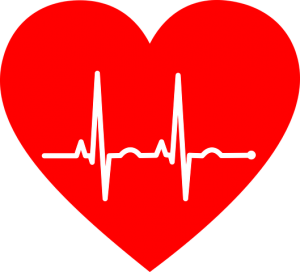 According to the National Institute of Health, cardiovascular disease has been proven to be the #1 cause of death in the U.S. There are a number of studies that show turmeric has powerful effects on overall heart health. In fact, it appears to also play a role in the prevention of several of the processes that are known for eventually leading to heart disease. How? Well, it acts as an anti-oxidant and an anti-inflammatory.
According to the National Institute of Health, cardiovascular disease has been proven to be the #1 cause of death in the U.S. There are a number of studies that show turmeric has powerful effects on overall heart health. In fact, it appears to also play a role in the prevention of several of the processes that are known for eventually leading to heart disease. How? Well, it acts as an anti-oxidant and an anti-inflammatory.
In addition, it’s even been suggested that using turmeric could be as effective as using statin drugs. Basically, the Curcumin in turmeric reduces the inflammatory mediators in your cardiac tissues, making it an effective cardiac-protective. (3.)
Benefit #4- Decreasing Arthritis Symptoms
Osteoarthritis affects more than 250 million individuals worldwide. It’s characterized by systemic inflammation and elevated cytokines. The curcumin in turmeric has shown to have an anti-arthritic effect along with significant pain symptom decreases. Approximately 1000 mg per day has been shown to decrease inflammation markers substantially.
Recent studies have also revealed:
~ Turmeric offers anti-inflammatory properties while also modifying immune system responses.
~ A 2006 study showed turmeric to be effective in the prevention of joint inflammation.
~ A clinical trial in 2010 found that turmeric could provide long-term improvement in function and pain relief.
~ Curcumin can also be used to replace daily NSAID use by reducing osteoarthritis pain symptoms. (11.)
Benefit #5- Treating Allergies and Asthma
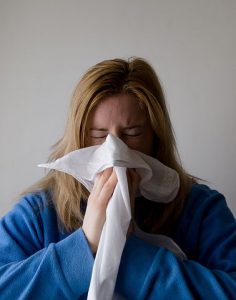 Using turmeric for treating asthma and allergies goes all the way back to ancient times. Pro-inflammatory diseases like allergies and asthma have also been shown to stem from inflammatory cytokines. Allergies are, in fact, an immune response occurring in an inflammatory state. This triggers histamine-release from mast cells and turmeric/curcumin has been shown effective at suppressing 45 of the 80 histamines.
Using turmeric for treating asthma and allergies goes all the way back to ancient times. Pro-inflammatory diseases like allergies and asthma have also been shown to stem from inflammatory cytokines. Allergies are, in fact, an immune response occurring in an inflammatory state. This triggers histamine-release from mast cells and turmeric/curcumin has been shown effective at suppressing 45 of the 80 histamines.
Asthma can be an especially troublesome condition. The main symptoms of asthma include the tightening of your airways. Turmeric can be used for treating bronchial asthma and actually works best when you take it on an empty stomach. (12.)
Benefit #6- Gut Health
Curcumin has been shown to bring about improvements in the symptoms of immune-mediated diseases like:
~ Crohn’s Disease
~ Ulcerative colitis
~ Inflammatory bowel disease (IBD)
It does so by promoting a decrease in the inflammatory response and gastrointestinal tract inflammation. IBD can adversely affect the quality of life of sufferers as well as increasing their colorectal cancer risk. Studies have shown patients having a lower Crohn’s Disease Activity Index score, which is an indicator of the inflammatory response’s severity due to the fact that taking curcumin caused an increase in the digestive enzyme secretion which is useful in preventing and treating IBD. When blended with juice, milk, or as a tea, turmeric helps settle an upset stomach. Starting with one teaspoon of turmeric mixed with fluids is recommended for seeing if it relieves stomach pains. (6.)
Benefit #7-Relieving Depression
 Curcumin has been associated with improving the symptoms of depression. During a study that was published in Phytotherapy Research, turmeric was put up against traditional antidepressants (like fluoxetine) and found to be just as effective. In fact, the curcumin in turmeric used as a 1000 mg daily dose was found to be only two to five percent less effective than pharmaceuticals but with no unexpected side effects.
Curcumin has been associated with improving the symptoms of depression. During a study that was published in Phytotherapy Research, turmeric was put up against traditional antidepressants (like fluoxetine) and found to be just as effective. In fact, the curcumin in turmeric used as a 1000 mg daily dose was found to be only two to five percent less effective than pharmaceuticals but with no unexpected side effects.
According to Dr. Goel who conducted the research, “Even high doses of curcumin were proven safe. It’s a very strong antioxidant and anti-inflammatory compound as well as a great everyday health supplement. People who don’t even have any depressive symptoms could make turmeric a part of their daily diet.” (10.)
Benefit #8: Brain Benefits
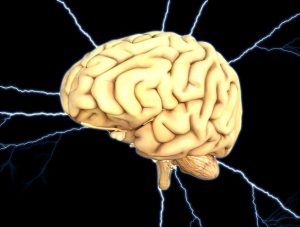 Curcumin has also been shown to act as a neuroprotective agent that assists in the prevention of cell protein changes associated with the process of aging. According to research, curcumin may also be effective in the prevention of neurodegenerative diseases such as Alzheimer’s, MS, and Parkinson’s disease.
Curcumin has also been shown to act as a neuroprotective agent that assists in the prevention of cell protein changes associated with the process of aging. According to research, curcumin may also be effective in the prevention of neurodegenerative diseases such as Alzheimer’s, MS, and Parkinson’s disease.
Alzheimer’s disease indications include:
~ Abnormal protein buildup
~ Inflammation
~ Oxidative injury
Turmeric has been shown to be helpful in clearing the protein buildup in the brain while acting as an anti-inflammatory and antioxidant. Turmeric can also:
~ Protect the brain from neuron loss, which is one of the main processes occurring in Parkinson’s disease development.
~ Inhibit and regulate the inflammatory cytokines of multiple sclerosis.
~ Help us with staying sharper mentally as we age, according to Australian researchers. (7.)
Benefit #9- Treating Skin Conditions

Curcumin has been used for skin conditions since ancient times and it’s often used as an additive in soaps and skin creams. In fact, it’s also often used for treating:
~ Acne
~ Aging skin
~ Burns
~ Dermatitis
~ Dry skin
~ Itchy skin
~ Psoriasis
~ Vitiligo
~ Wrinkles
Using turmeric appears to bring about a major improvement in psoriasis by reducing inflammation and attacking free radicals via the inhibition of inflammatory cytokines. Vitiligo, which is a chronic skin condition defined by pigmentation loss, is known to be improved by topical curcumin cream use. When taken internally, turmeric can nourish your skin and give it a natural glow. (8.)
Benefit #10- Decreasing Diabetes Symptoms
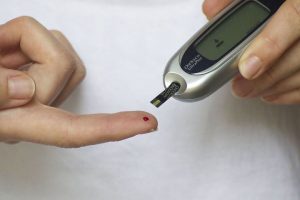 Diabetes is a chronic disease that often leads to brain, kidney, heart and liver problems. The cause of Type II diabetes is hyperglycemia, which can eventually cause an inflammatory cytokine response. This response can play a major role in disease progression. The use of curcumin extract or turmeric powder has been shown to be effective in decreasing fasting blood sugar levels.
Diabetes is a chronic disease that often leads to brain, kidney, heart and liver problems. The cause of Type II diabetes is hyperglycemia, which can eventually cause an inflammatory cytokine response. This response can play a major role in disease progression. The use of curcumin extract or turmeric powder has been shown to be effective in decreasing fasting blood sugar levels.
Curcumin has also been shown to:
~ Assist in the suppression of the inflammatory response via a marked decrease in the liver’s glucose production in the liver.
~ Increase the cells’ glucose intake.
~ Improve obesity, thereby lowering the type II diabetes risk.
~ Suppress the fat cells’ extracellular signals, which are associated with obesity.
~ Decrease obesity-related anxiety and depression symptoms. (4.)
Benefit #11- Treating Chronic Kidney Disease (CKD)
Oxidative stress and inflammation increase your risk of CKD-related cardiovascular complications or even death. Several studies have shown protection of the kidneys thanks to curcumin’s many abilities, including:
~ Anti-bacterial.
~ Anti-viral.
~ Anti-inflammatory.
~ Anti-oxidative.
Turmeric does the following to help with CKD:
~ Suppresses and inhibits the blood’s inflammatory markers
~ Reduces the accumulation of toxins in the kidneys
~ Lowers the levels of blood urea, creatinine, and nitrogen
~ Decreases renal-vascular-resistance
~ Improves the glomerular filtration rate
~ Improves renal blood flow
Conclusion
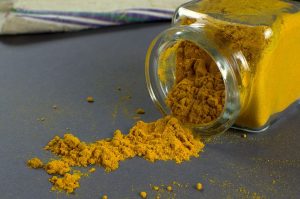
Today, turmeric is used by many as a dietary supplement and it’s a very popular ingredient in everything from smoothies to coffee drinks. Just one tablespoon delivers:
~ 29 calories
~ One gram of protein
~ Two grams of fiber
~ Six grams of carbs
In addition, it has beneficial minerals like potassium, manganese, and phosphorus as well as magical nutrients for keeping you strong and healthy, according to Keri Glassman, MS, RD, CDN. (2.) Starting your day with turmeric in small doses could help by protecting your body throughout the day. (9.)
Sources:
(1.) https://www.webmd.com/diet/qa/why-do-people-take-turmeric
(2.) https://www.webmd.com/food-recipes/features/why-ls-turmeric-good-for-me
(3.) https://nccih.nih.gov/health/heart-disease
(4.) www.diabetesforecast.org/2013/sep/new-medications-for-people-with-type-1.html
(5.) https://healthprep.com/cancer/these-6-potent-cancer-fighters-are-hiding-in-your-home-spice-rack/?utm_source=bing&utm_medium=search&utm_campaign=267646001&utm_content=1272135241904251&utm_term=american%20cancer%20society&msclkid=489539704b0e11aafdfe656abef56932
(6.) www.yourwellness.guide/2017/07/26/15-ways-turmeric-can-improve-your-health/3/
(7.)https://www.sciencealert.com/turmeric-can-improve-memory-and-attention-span-in-old-age-study-finds
(8.)www.med-health.net/Turmeric-Powder-For-Skin.html
(9.)www.yourwellness.guide/2017/07/26/15-ways-turmeric-can-improve-your-health/6/
(10.)https://www.prevention.com/food-nutrition/healthy-eating/a20459763/curcumin-fights-depression/
(11.) https://www.arthritis.org/living-with-arthritis/treatments/natural/supplements-herbs/guide/turmeric.php
(12.) https://www.doctorshealthpress.com/food-and-nutrition-articles/treat-asthma-with-turmeric-and-boswellia/
(13.) https://www.webmd.com/fitness-exercise/features/7-post-workout-moves#1

Scott Fanello writes for Eternaloak.com to help men and women build the body of their dreams. He lost 25 lbs in 4 months by fasting and counting calories. Then he put on 10 pounds of muscle lifting less than 30 minutes a week. Do the same and grab your Free Checklist To Restart Fat Burning Through Fasting.
Pinterest – https://www.pinterest.com/eternaloakcom/

